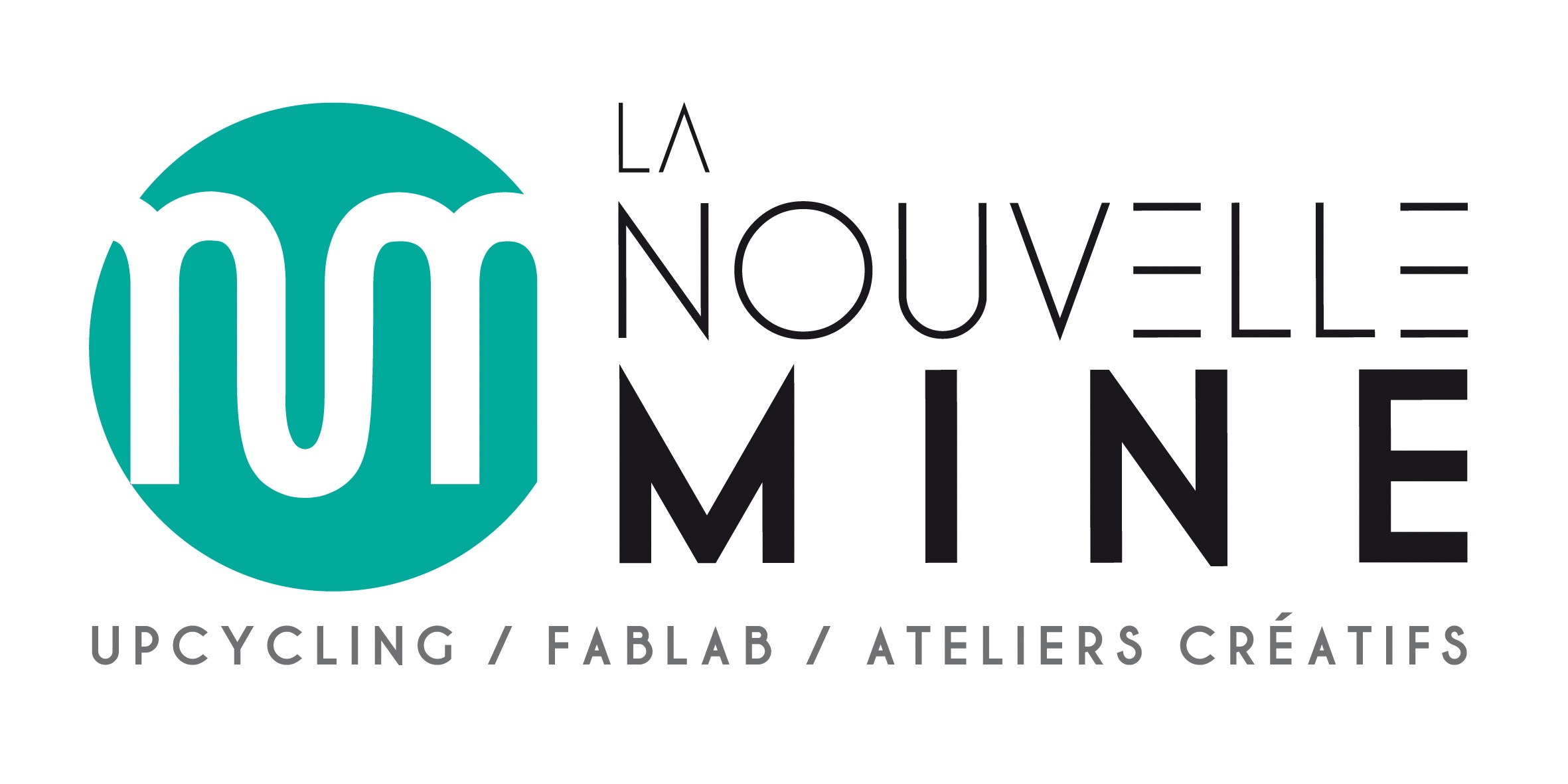Wealth-management offers banks a dramatic growth possibility by using their expenditure plans.
To begin with, marketplace projections are quite significant. One recent record endeavors asset-under-management (AUM) growth in the assortment of eight to twelve percent each calendar year, and profit margins of this type a lot of analysts’ forecasts are forecasting. Secondly, it is an unprofitable franchise from most banking institutions. Still, the opportunities why these associations find in Wealth Management can possibly be worth much more compared to the true price of the business itself if they can successfully manage it to your banking sector.
The very first step in developing a wealth management group would be identifying that the strength under management dilemma and determining whether it has a sensible option. Next step involves deciding which way to take – a hybrid which combines financial management with portfolio and investment management, or a conventional set that concentrates exclusively on one approach.
The asset management strategy is relatively straightforward, but there are numerous levels of actions that has to come about for organizations to have the ability to accomplish a thriving balance between debt and capital, cashflow and market challenges. A wealth management team that focuses solely upon the assets-only approach can have difficulty fulfilling those requirements.
Another approach that many strength management classes pursue would be the integral approach, that unites portfolio and financial management for the role of decreasing risk and maximizing yield. Even though this strategy is certainly economical in some instances, many supervisors have troubles applying it into training.
Asset management teams will often have two main functions: providing liquidity, and creating investment chances. At the two of these areas, there are typically several unique tactics, and a wealth management class has to apply its skills to come across the right plan for the given organization.
At the past, asset administration classes have employed various ways to provide liquidity, including borrowing, selling off assets, or perhaps trading securities such as stocks. To day, however, asset-only strategies tend to be combined with a combination of tactics paper writing to increase the odds of reaching greater yields.
Money are just another area where you will find always a number of potential selections out there. You can find numerous ways to boost capital for long-term and short-term aims, for example raising debt or equity, using asset-based finances , and borrowing from investors.
Asset-based funding might come from a number of sources, like credit unions, banks, or other lending associations, or even from your equity of this company , which is marketed to raise capital. In either circumstance, it’s very important to be aware there are several challenges that should be considered before creating a last decision.
That is especially when the debt has been organised as a member of the provider’s equity arrangement. While this happens, the sum of financial debt can be exceedingly substantial, and even greater than it’d be if it ended up issued as equity. That is especially when your debt is organised as a member of the company’s equity arrangement. When this happens, the sum of credit card debt can be very high, and even more than it would be whether it were becoming issued as equity.
In order to protect their equity position, companies may sell or fund debt in massive chunks. As a way of personal credit card debt consolidation. Even when they could borrow to do this, they nevertheless have to spend money on the debt that they purchase and take on fresh duties to create payments. In the event the organization needs to borrow funds to do this, they might still need to use up each one of the provider’s funds, which has to come from other regions. As an instance, the firm might have to make a purchase of some other firm or fund debt out of another lender.
Debt consolidation for companies is still a excellent means to produce a far more stable future for the company. Nevertheless, as a way to safeguard their equity position, employers might decide to use a personal debt consolidation reduction by a part in their existing debt used for the purpose. They are doing so by either consolidating additional business loans (and paying off the company loans with them) or they can re finance enterprise loans for a reduce interest rate. Either way, a firm needs to make an attempt to guard their equity position by using debt consolidation attentively.
